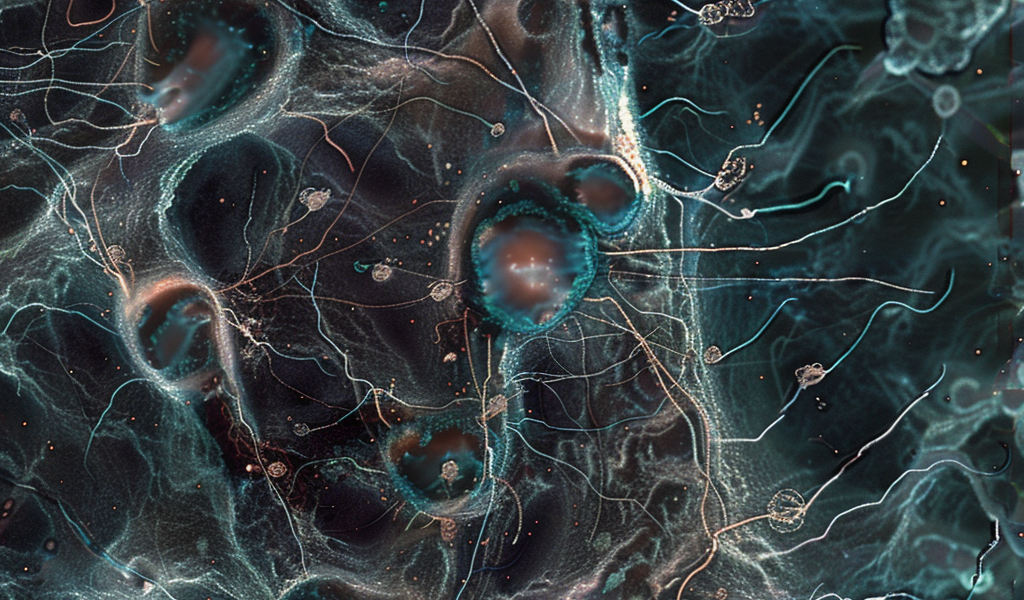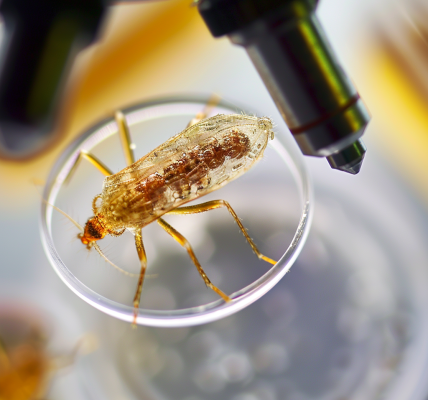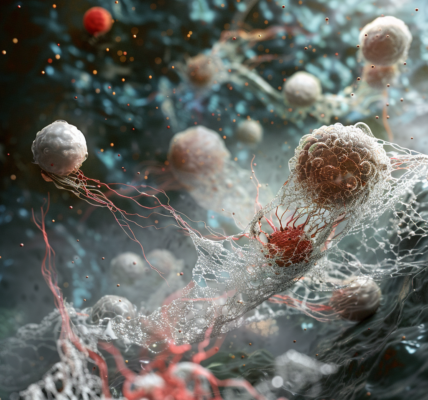Spinal cord injuries can lead to severe complications due to misfiring nerves triggering dangerous ‘fight-or-flight’ responses in the body. These responses can turn seemingly harmless issues like a full bladder into life-threatening situations such as heart attacks, strokes, and severe infections like pneumonia. However, recent studies suggest a potential breakthrough in treating this condition known as autonomic dysfunction.
Researchers have identified a specific type of nerve cell responsible for the exaggerated autonomic reflexes seen in individuals with spinal cord injuries. By depleting these nerve cells, known as microglia, it may be possible to prevent the abnormal nerve growth and rewiring that contribute to autonomic complications post-injury. The findings, published in the journal Science Translational Medicine, shed light on a promising treatment approach for this challenging condition.
The abnormal fight-or-flight response triggered by spinal cord injuries can disrupt the immune system, accelerate heart rate, and elevate blood pressure. Currently, there are no established treatments to preempt the development of autonomic dysfunction in patients with spinal cord injuries. However, experimental studies using a drug to suppress microglia in mice with spinal cord injuries showed promising results in preventing autonomic dysfunction.
Lead researcher Faith Brennan from Queen’s University in Kingston, Ontario, emphasized the significance of this discovery, stating that while autonomic dysfunction is a well-known consequence of spinal cord injury, previous research primarily focused on the impact on neurons controlling autonomic function. If this approach proves successful in human trials, it could significantly enhance the quality of life and life expectancy for individuals with spinal cord injuries.
Going forward, the research team plans to delve deeper into understanding the nerve signals that regulate microglia activity and influence the remodeling of the spinal cord’s autonomic circuitry. By uncovering these mechanisms, the door may open to developing targeted therapies for dysautonomia, offering new hope for patients grappling with the aftermath of spinal cord injuries.





